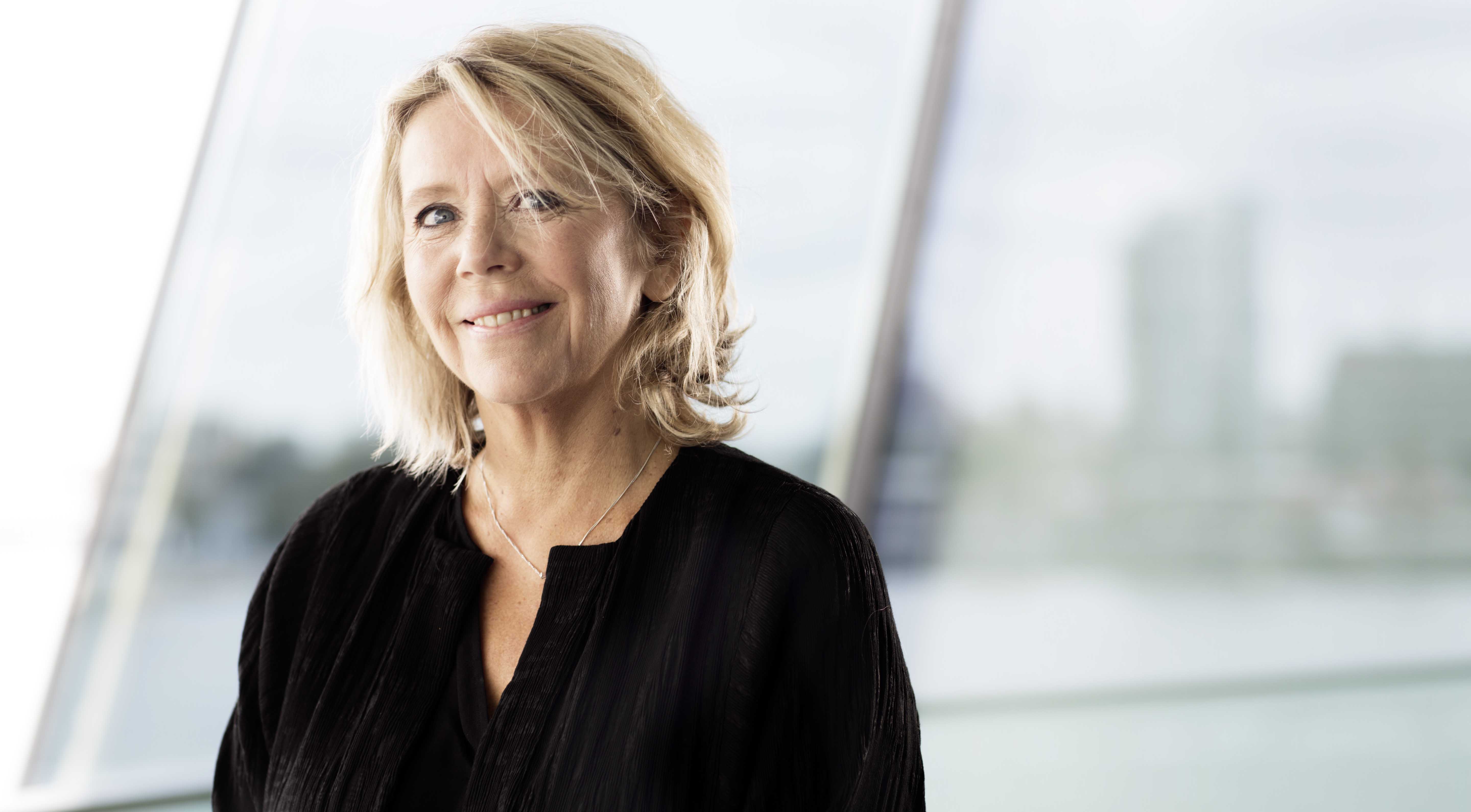Lyon Lumière Festival: EYE’s Sandra Den Hamer on ‘Digitize on Demand,’ the Lure of Celluloid
By Ed Meza
LOS ANGELES (Variety.com) – LYON, France — The Lumière Festival’s International Classic Film Market(MIFC) kicked off in Lyon on Tuesday with a keynote address by Sandra Den Hamer, director of the Netherlands’ EYE Filmmuseum in Amsterdam.
Den Hamer offered a detailed presentation of EYE’s role in film restoration, preservation and digitization. The film museum also focuses on research and education in addition to organizing regular screenings, exhibitions and special events.
Described as the “the cinematic memory of the Netherlands,” the EYE manages some 50,000 films of all genres, 60% of which are international works. The collection represents a sample of film history, from classics and blockbusters to cult films.
EYE has restored such silent era works as Sam Wood’s 1922 romantic drama “Beyond the Rocks,” starring Rudolph Valentino and Gloria Swanson, and Giuseppe Giusti’s 1916 “Signori Giurati.” It has also digitized the Jean Desmet archive (Desmet being one of the Netherland’s first film distributors and cinema owners).
The film museum has so far digitized about 20% of its collection, with the rest stored as original film print copies, which it will digitize as needed.
“It’s very important to have film in digital formats if you want to show them and make them accessible, but if you want to keep them in the archives it’s better to keep them in 35mm or nitrate. … We need films to be digital in order to present them in exhibitions or online or cinemas. We call it ‘digitize on demand.’”
EYE has already made much of its digitized film collection available online on its channels on the open media platform Open Beelden and YouTube.
“We also teach children how to watch cinema,” Den Hamer says, and notes that young people in general have also shown great interested in heritage cinema.
“Last summer we did a retrospective of Billy Wilder that was, interestingly enough, very popular. We didn’t know if Billy Wilder still attracts young audiences, but he does.”
While she sometimes hears people express doubt about the potential of classic films in today’s market place, Den Hamer is confident that, presented in the right way, they will attract viewers.
“If you present them in the right context and you organize programming around it, it’s very popular. People come to see them.”
Den Hamer said EYE’s 70mm and 35mm screenings are extremely popular simply due to the fact that nearly all of the Netherlands’ cinemas are now digital and people yearn for that real film experience. “It’s very interesting to see that people come just to see the celluloid films.”
The museum’s collection is not only about the history of cinema, but also about the cinema of today and experimental works of tomorrow. “We want to know where cinema is going.”
EYE has an annual budget is €18 million ($20.9 million), half of which is financed by the country’s minister of culture, the other half through box office income, private funding, sponsorship, donors and patrons.

